Why Plant-Based Protein and Sustainability Go Hand in Hand
It’s a surprising fact, but our global food system is responsible for about a third of all human-caused greenhouse gas emissions. That single piece of information can feel overwhelming, but it also reveals a powerful opportunity for change right in our own kitchens. This is where the conversation about plant based protein for sustainability truly begins. Foods like peas, lentils, and beans require significantly less water, land, and energy to produce compared to their animal-based counterparts. Think of it as choosing a more fuel-efficient vehicle for your body and the planet.
Research from institutions like Positive Choice highlights that producing pea protein, for example, has a much smaller environmental footprint than dairy-based proteins. But a sustainable meal plan is more than just swapping ingredients. It’s a mindset that embraces minimizing food waste, choosing smarter packaging, and conserving energy from the farm to your fork. It’s about making conscious choices that add up over time.
For those of us with busy schedules, this is where a high-quality vegan protein powder becomes an incredibly practical tool. It’s not about replacing whole foods, but rather supplementing a thoughtful diet in a convenient way. At Beyond Good Foods, we believe that what's good for you can also be good for the planet, and making sustainable choices should feel empowering, not complicated.
Choosing an Eco-Conscious Vegan Protein Powder

Walking down the supplement aisle can feel like a pop quiz you didn't study for. With so many options, how do you choose a vegan protein powder that aligns with your sustainability goals? It comes down to understanding what’s inside the tub and what the tub itself is made of.
Understanding Protein Sources
Not all plant proteins are created equal when it comes to their environmental impact. Peas, for instance, are nitrogen-fixing crops, which means they naturally enrich the soil they grow in, reducing the need for artificial fertilizers. Hemp is a famously resilient and drought-resistant plant, while soy can be very land-efficient. Knowing the origin of your protein is the first step toward making a conscious choice.
Decoding the Labels
Labels are your friend. Look for certifications like USDA Organic, which ensures the ingredients were grown without synthetic pesticides or fertilizers, and Non-GMO Project Verified, which confirms the absence of genetically modified organisms. Beyond certifications, look for brands that are transparent about where and how they source their ingredients. This transparency is a strong indicator of a company's commitment to ethical and sustainable practices.
Packaging Matters
We can’t talk about sustainability without addressing plastic. The ideal choice is a brand that thinks beyond the container. Look for packaging made from post-consumer recycled (PCR) materials, which gives existing plastic a second life. Even better are easily recyclable containers or brands that offer bulk-buy options to reduce packaging altogether. If you're weighing the pros and cons of each type, our guide to the 'best protein powders' offers a deeper comparison to help you find your perfect match.
| Protein Source | Key Sustainability Benefit | Nutritional Note | Great For... |
|---|---|---|---|
| Pea Protein | Low water usage; nitrogen-fixing crop improves soil health. | Rich in iron and branched-chain amino acids (BCAAs). | Muscle building and post-workout recovery. |
| Hemp Protein | Drought-resistant crop; requires minimal pesticides. | Contains all nine essential amino acids, plus fiber and healthy fats. | A balanced, whole-food protein boost in smoothies. |
| Soy Protein | High yield per acre, making it land-efficient. | A complete protein source, similar in quality to animal protein. | Versatile use in baking and cooking. |
| Brown Rice Protein | Utilizes a common, resource-efficient grain. | Hypoallergenic and easily digestible. | Individuals with soy or dairy sensitivities. |
This table provides a snapshot of the environmental and nutritional profiles of popular vegan proteins. When choosing, consider your personal health goals alongside the sustainability factors that matter most to you.
Building Your High-Protein Sustainable Meal Plan
Now that you’ve chosen a powder, let’s talk strategy. A sustainable meal plan isn’t about restriction; it’s about smart, intentional choices that make your life easier and your environmental footprint smaller. The foundation of this plan should always be built around seasonal and locally-sourced whole foods. Visiting a local farmers' market or joining a Community Supported Agriculture (CSA) program are fantastic ways to get fresh produce while cutting down on "food miles"—the distance your food travels to get to you.
Here are a few sustainable meal planning tips to get you started:
- Embrace Batch Cooking: Dedicate an hour or two on the weekend to prep core ingredients. Cook a large pot of quinoa, roast a sheet pan of seasonal vegetables, or wash and chop greens. This saves energy during the week and ensures you always have healthy components ready to go.
- Plan Around Whole Foods: View your vegan protein powder as a valuable supplement, not a meal replacement. Build your plates with a colorful variety of vegetables, legumes, and whole grains first.
- Think Weekly: Sketch out a rough plan for your meals. This simple step helps you buy only what you need, which is one of the most effective ways to reduce food waste.
- Stay Flexible: A plan is a guide, not a rulebook. If you find a great deal on local asparagus, be ready to swap it into your plan.
As guides on high-protein vegan meal prep from The Vegan Gym emphasize, planning your meals around diverse plant sources is a cornerstone of achieving both your fitness and sustainability goals. Remember, perfection isn't the goal. Starting small with one or two new habits is a huge win. For more ideas and inspiration on living a healthy, plant-forward life, our blog is packed with helpful articles and guides.
More Than a Shake: Creative Uses for Vegan Protein

The most common question we hear is how to use vegan protein powder beyond the classic post-workout shake. While a great shake is hard to beat, thinking of your protein powder as a versatile "flour" or "fortifier" opens up a world of culinary possibilities. It’s an easy way to boost the nutritional profile of meals you already love.
Here are a few simple ideas to get your creativity flowing:
- Boost Your Breakfast: Stir a scoop of unflavored or vanilla protein powder into your morning oatmeal or overnight oats for a satisfying start to your day.
- Power Up Your Pancakes: Add half a scoop to your favorite pancake or waffle batter. You’ll get fluffy, delicious results with an extra protein punch.
- Create Smarter Snacks: Mix protein powder into recipes for homemade energy balls, granola bars, or even healthy cookie dough.
- Fortify Your Smoothies: To make the best vegan protein for smoothies into a complete meal, blend it with a handful of spinach, a spoonful of chia or flax seeds, and a healthy fat like avocado or almond butter.
- Go Savory: A scoop of unflavored pea protein can be whisked into soups, stirred into a savory tofu scramble, or mixed into veggie burger patties to improve texture and nutrition.
Integrating protein powder this way makes your meals work harder for you without any extra fuss. If you're looking for a place to start, try one of these 3 easy vegan protein recipes you’ll actually crave to see how simple and delicious it can be. What are your favorite ways to use protein powder? Share your ideas in the comments below!
Adopting a Low-Waste Kitchen Philosophy
A truly sustainable lifestyle extends beyond your plate and into your daily kitchen habits. By adopting a low-waste philosophy, you honor the resources that went into growing your food and reduce what ends up in a landfill. It’s about seeing potential where others might see trash.
One of the most impactful habits is embracing "root-to-stem" cooking. We’re all used to tossing broccoli stems or carrot tops, but these are perfectly edible and delicious! Those broccoli stems can be shredded into a crunchy slaw, and carrot tops can be blended into a zesty pesto. This approach challenges you to get creative and use the whole plant, creating delicious eco friendly vegan meals from what you already have.
Here are a few more low-waste tips:
- Store Smarter: Learn the best way to store your produce. Keep herbs in a jar of water like flowers, and wrap leafy greens in a damp cloth to keep them crisp for days longer.
- Shop in Bulk: Bring your own jars and bags to the bulk bins at your local co-op or grocery store. This drastically reduces packaging waste for items like oats, nuts, seeds, and grains.
- Reimagine Leftovers: Instead of letting leftovers get pushed to the back of the fridge, transform them. Leftover roasted vegetables can become the base for a frittata, a topping for a pizza, or a filling for a wrap.
By making mindful choices about how you shop, store, and prepare your food, you amplify the positive impact of your sustainable diet. If you ever have questions about the shelf life or best storage practices for your ingredients, our FAQs page is a great resource.
Making Your Sustainable Plan a Lasting Habit
Building a sustainable lifestyle is a journey, not a destination. It’s about making small, consistent choices that feel good to you. By choosing an eco-conscious protein powder, building your meals around vibrant whole foods, getting creative in the kitchen, and adopting a low-waste mindset, you are creating a powerful ripple effect of positive change. Celebrate your progress, and don’t worry about being perfect.
Every meal is a chance to vote for the kind of world you want to live in. Each time you choose a plant-based option or prevent food from going to waste, you are contributing to a healthier planet and a healthier you. The most important step is simply getting started.
Ready to fuel your sustainable lifestyle? Explore our delicious and organic Chocolate Vegan Protein to get started on your journey today.



